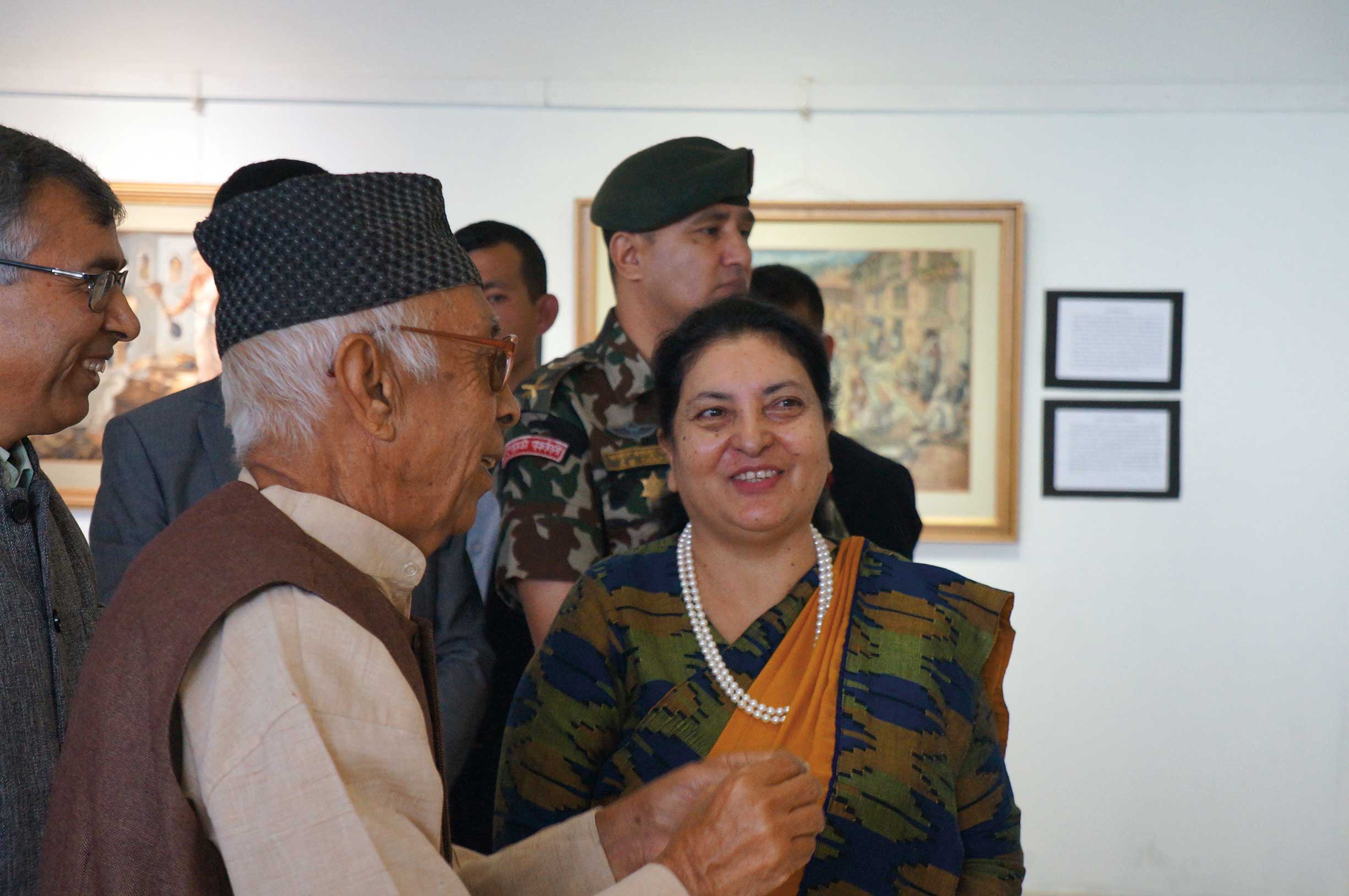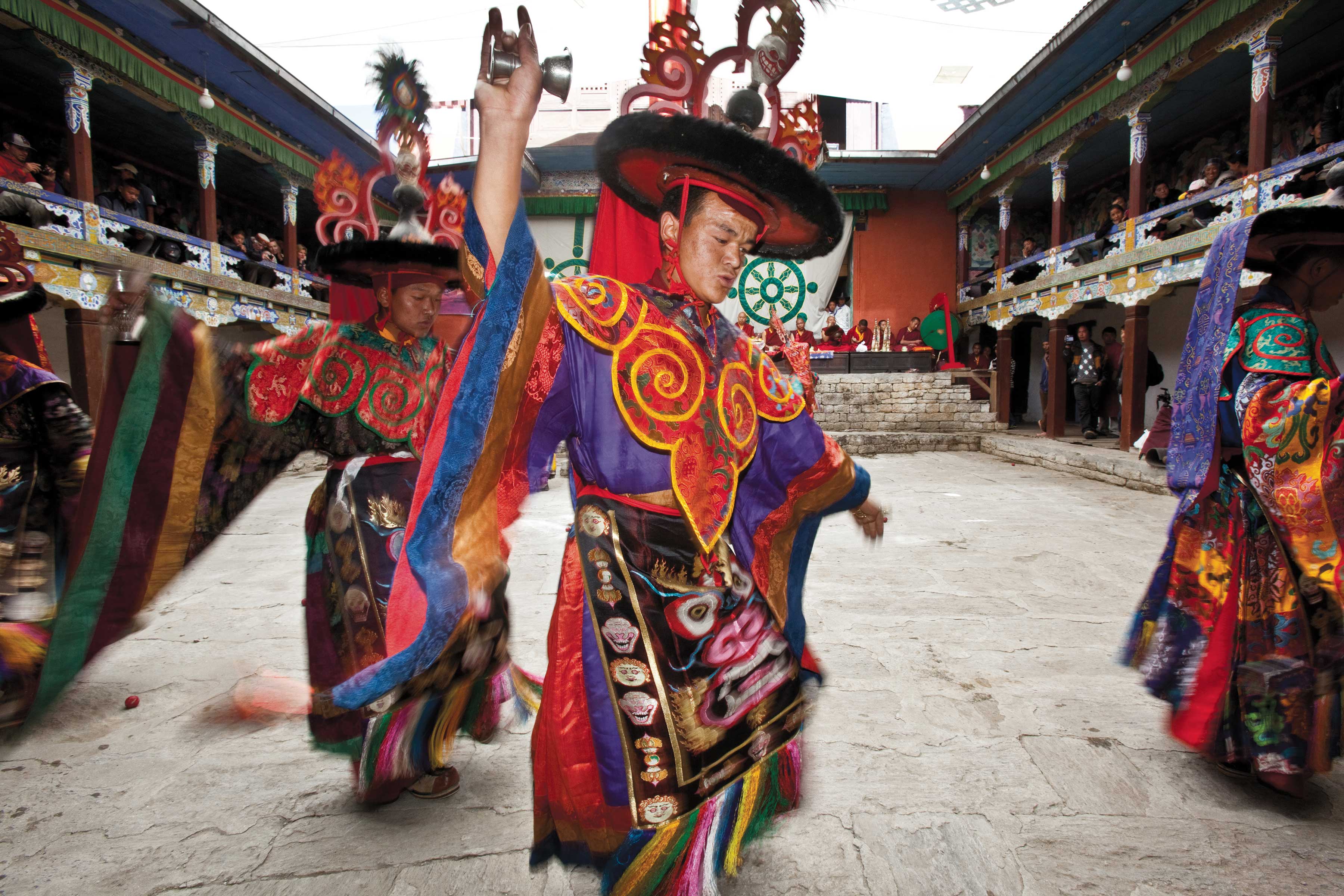“Ah… writing isn’t for the faint of heart, is it? It’s a lot of hard (but fun) work. And the writers who recognize this increase their chances for success.” - Beth Ann Erickson at http://filbertpublishing.com.
I recently found good writing advice online in an article entitled ‘How You Can Communicate Effectively With Your Readers… Every Time’. One thing that I often tell young writers is to write well you must know how to communicate effectively, from the very first word on the page. If the start of your story, the ‘hook’, is not effective (successful, helpful, valuable, efficient, attractive, alluring...) chances are you’ll lose your reader.
So, how do we write ‘effectively’? How do we capture the reader’s attention. “Write like you speak,” says Beth Erickson. She defines this as avoiding any kind of ‘literary style’ (no matter how tempting) and as writing conversationally, just as you’d tell the story orally to a friend, face-to-face.
It sounds easy, but it’s not. All too often, young writers are tempted to say too much, trying to be fancy. Stop! Cut back! Tell it like it is, short, sweet, colorful, active, to the point. I’ve advised more than one ECS Nepal writer that his or her essay simply has “too many words.” Boil it down to the necessary, to the most effective, evocative, picturesque account, just as you would tell the story out loud to a friend. It helps to read your essay to yourself, aloud—the better to hear what it sounds like and how it ‘feels’.
When we tell a story orally we tend to use a variety of nonverbal communications to convey the message. Our gestures may be visual (e.g., laugh or grimace), aural (shout or whisper conspiratorially) and physical (we may hit our friend on the shoulder to drive the point home). Unfortunately, words printed on a page do not convey the same message as nonverbal gestures, nor do they leave the same impact on the reader.
So, how do we write in ways that mimic or evoke the non-spoken gestures that usually spice up our oral story telling?
For one, we must ‘paint’ a picture of the scene or the action we are describing. ‘Word painting’ is not always easy. It is best done by using vibrant, active verbs, avoiding passive verbs (such as is, was, had) and steering clear of other weak forms (like would, should and could—where will, shall and can take us more directly to the point).
Instead of saying “The boy gave us a namaste greeting when we arrived”, paint the scene with a stronger verb, more picturesque actions and descriptive gestures. Try this: “The youngster greeted us with a namaste, smiling broadly, hands pressed together, the moment we entered the room.”
Use specific language. Since the reader cannot see your nonverbal gestures nor hear your tone of voice, you must pick words that carry enough weight and impact to move the story along.
Here’s an example of a nonspecific observation from the first draft of a story I recently received: “We were treated to a traditional Tharu dance by a group of local villagers.” So? ...boring. Instead, tell us what they looked like, describe their colorful dress, what instruments they used, how skillfully they danced—nimbly moving their feet and delicately turning their hands—and how their melodic singing and the rhythmic clicking of the stick dance filled the night. Paint the scene that evokes our own feelings for a light, colorful, nimble village dance in the moonlight... In short, it’s that old mantra: “Show, don’t tell.” We want our readers to see and hear the dance and feel the excitement on the night air.
“Write conversationally...,” Beth Erickson says, “but choose ultra specific words.” In short, tighten up your verbs, specify the action, paint the scene, replace passive with active, and do everything you can “to make your reader see, taste, smell, hear, and feel this world you’re creating.”
The essence of this essay was inspired by advice on effective writing from Beth Ann Erickson at http://filbertpublishing.com.











